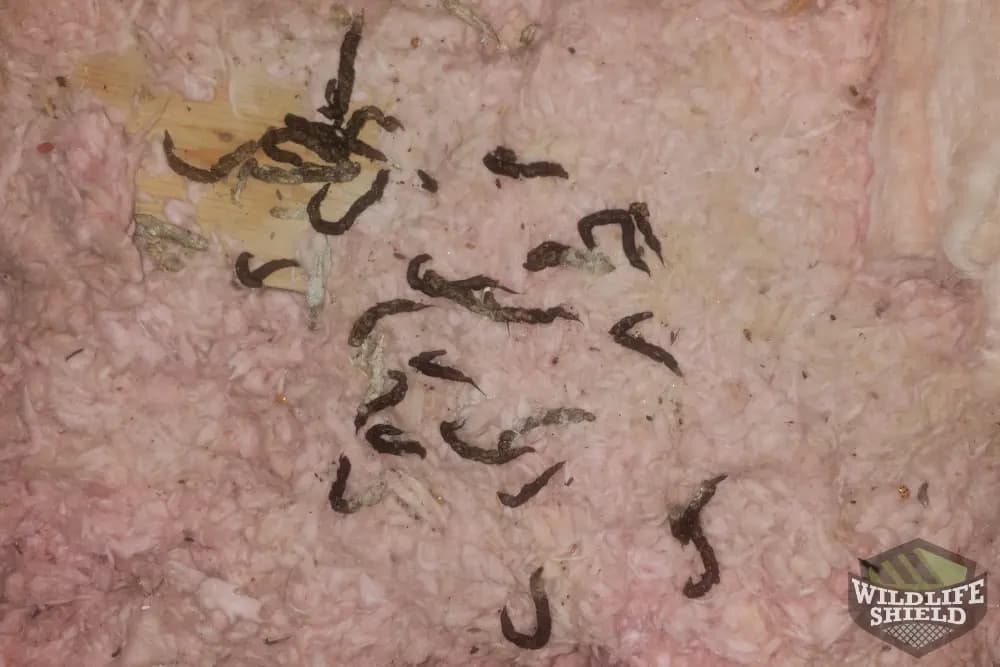In many North American neighbourhoods, you can see raccoons, which are mysterious animals with masks and ringed tails. But what do we really know about these smart animals that seem to be just as happy checking out trash cans as they are roaming free in the wild?
Versatility in Habitat
Raccoons (Procyon lotor) are very flexible animals, and the fact that they can do well in a wide range of environments is one of their most impressive traits. They are native to North America, but because they are so adaptable, they have spread to other places. They used to live mostly in forests, but now they have successfully changed to living in cities and suburbs. Part of their ability to change comes from the fact that they eat a lot of different things, like bugs, fruits, nuts, small mammals, birds, and even leftover food from people.
Nightlife Way of Life
One of the most well-known things about raccoons is that they only come out at night. During the night, when they are looking for food and doing other things, these animals are most busy. The tapetum lucidum, a layer of cells in raccoons’ eyes, helps them see better at night.
Appetite for All Foods
Raccoons are opportunistic omnivores, which means they eat a lot of different things and aren’t very picky. Because they are so flexible, they can do well in a lot of different places. They eat bugs, crayfish, frogs, small mammals, bird eggs, fruits, veggies, and sometimes people food when they can get to it. Their ability to eat a variety of foods is a big part of why they’ve done so well in cities.
Problem-solvers who are smart
Raccoons are known for being able to solve problems. Because their front paws are so flexible, they can move things around and open containers. This makes them known for being good at stealing from trash cans and food stores at campsites. They are very good at finding food because they are smart and can change quickly, which can sometimes cause problems with people.
Behaviour in Public
Raccoons usually stay by themselves, but they do interact with other animals, especially when it’s time to mate and when they have young. They form loose mating pairs during the breeding season, which usually starts in late winter. Females give birth to a group of kits after about 63 days of pregnancy. They raise the kits in dens.
Different vocalizations
Even though raccoons are usually quiet, they can make an amazing number of sounds. Some of these sounds are growls, purring, chattering, and hissing. The most common sound is a series of high-pitched twittering sounds that are often heard when raccoons are fighting. They use these sounds to talk to each other, especially when they are mating or arguing over territory.
The Face with the Mask
One thing that makes raccoons stand out is the black marks that cover their eyes, which look like masks. This mask helps them see better at night by blocking out glare from lights. Raccoons can also be easily recognized because the mask makes them look different and memorable.
Ring-Tailed Tails
Their thick, ringed tails are another thing that makes them stand out. These tails help them stay balanced and talk to each other. Raccoons often stand their tails up when they are scared or excited, possibly to show other raccoons that they are safe.
In conclusion, raccoons are interesting animals that have a lot of different behaviours and ways of living. Many people are interested in them because they can survive in a variety of environments, they are good at handling problems, and they have unique physical traits. There are times when raccoons are seen as a problem in cities, but their unique biology and behaviours show how well they can adapt and survive in the wild. Understanding these traits can help us get along better with these smart animals.
We offer guaranteed raccoon removal services in Newmarket using proven and tested methods. Raccoons are very intrusive wildlife animals that have the habit to break and enter properties by using several techniques We specialize in removing raccoons from primarily attics, chimneys, decks, and more
